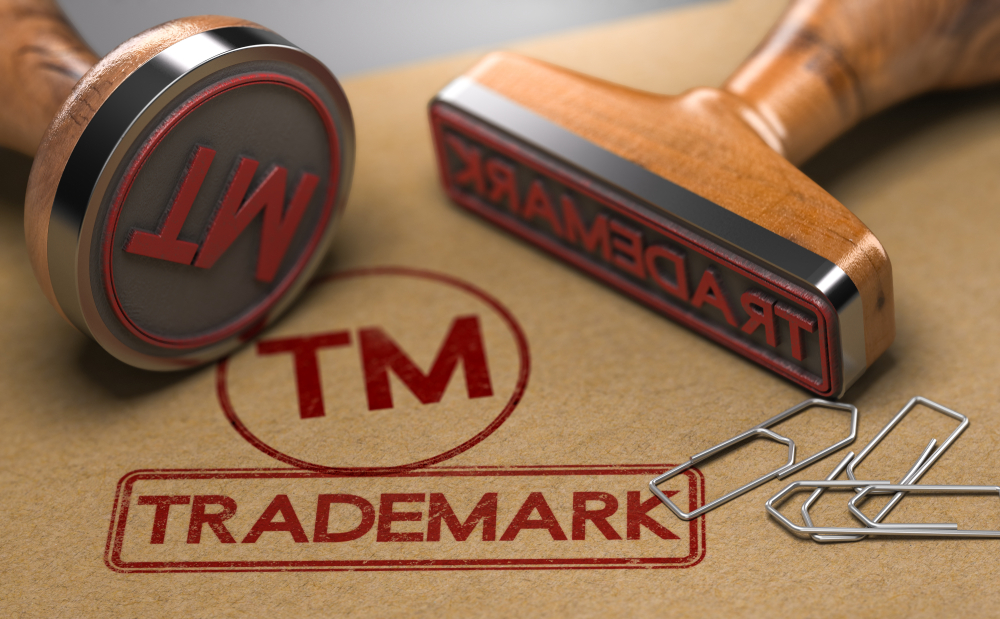The Importance of Trademark Registration for Your Brand
Published on Nov 25, 2024 Synergy Taxed

In today’s competitive business landscape, branding is more than just a logo or a catchy slogan—it’s an asset that distinguishes your business from the rest. One of the most effective ways to protect your brand identity is through trademark registration. At Synergy Tax-Ed Solutions, we understand the critical role trademarks play in safeguarding your business’s reputation and legal rights. Here’s why trademark registration should be a top priority for your business.
What is a Trademark?
A trademark is a unique symbol, word, phrase, design, or combination of these elements that differentiates your products or services from competitors. Once registered, a trademark gives you exclusive legal rights to use that mark in commerce, preventing others from using similar identifiers that could confuse customers.
Why Trademark Registration is Crucial
- Exclusive Legal Rights – Prevents competitors from using your brand name, logo, or tagline.
- Brand Protection Against Copycats – Ensures no other entity can exploit your brand’s reputation.
- Builds Brand Trust and Recognition – Enhances customer confidence and brand credibility.
- Legal Advantage in Case of Disputes – Provides proof of ownership for legal protection.
- Enhances Business Valuation and Investment Appeal – Adds value to your business as an intellectual property asset.
- Expands Business Opportunities – Enables international market expansion with protection.
How to Register a Trademark in India
Trademark registration in India is governed by the Trademarks Act, 1999. Here’s a step-by-step guide:
Step 1: Conduct a Trademark Search
Before applying, conduct a search on the IP India website to ensure that your proposed trademark is unique and not already in use.
Step 2: Prepare and File the Application
Submit a trademark application (Form TM-A) online via the Intellectual Property India (IPI) portal or physically at the Trademark Registry. You will need to provide:
- Applicant details (individual/business entity)
- Trademark details (logo, wordmark, tagline, etc.)
- Business classification (Class under NICE Classification system)
- Power of Attorney (if filed through a trademark agent)
Step 3: Examination by Trademark Office
The registrar examines the application for uniqueness and compliance. If no objections arise, it proceeds to the next stage. In case of objections, a response must be filed within a stipulated period.
Step 4: Publication in the Trademark Journal
The proposed trademark is published in the Trademark Journal for public review. If no oppositions are filed within four months, the registration moves forward.
Step 5: Trademark Registration Certificate Issued
If no objections are raised, or if disputes are resolved successfully, the trademark is officially registered, and a certificate is issued, granting exclusive rights for 10 years (renewable).
Trademark Infringement and Legal Remedies
If a competitor or third party uses your registered trademark without authorization, you can take legal action through:
- Cease and desist notices
- Trademark opposition proceedings
- Court litigation for damages
Conclusion
Trademark registration is not just a legal formality—it is a strategic move to protect and grow your brand. A registered trademark safeguards your business identity, enhances credibility, and provides legal protection against misuse. At Synergy Tax-Ed Solutions, we specialize in hassle-free trademark registration and legal advisory services to ensure your brand stays protected. Contact us today for expert guidance!
